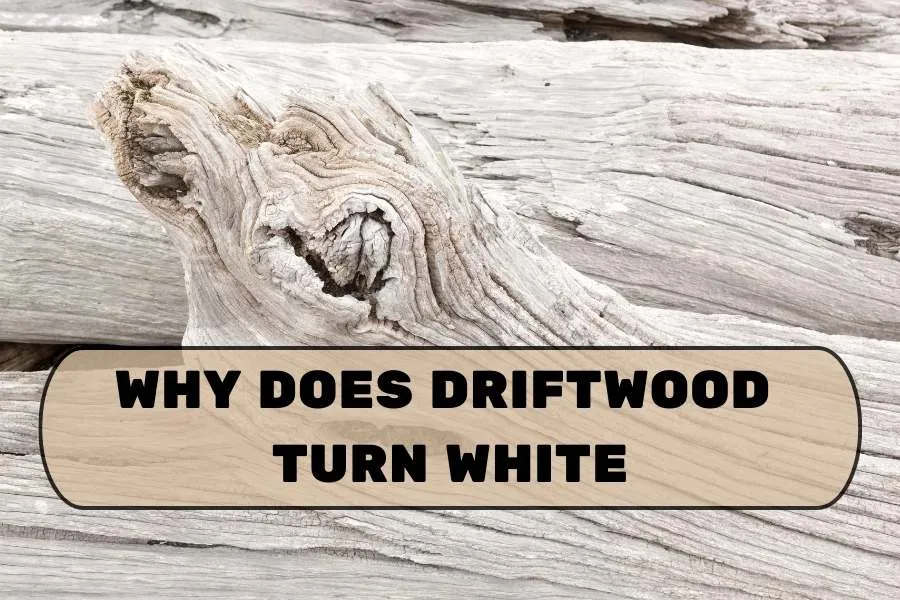You may have nice driftwood pieces at home, probably as coffee table legs or as decoration in your aquarium or terrarium. However, you soon start to notice the wood is turning white, either forming white patches or some kind of cobweb. What does driftwood turn white?
Driftwood may turn white due to fungus, snail eggs, or bacterial growth. This is natural as driftwood is technically a piece of decomposing wood. You may leave it as is or boil the wood to kill off all the growths. If you have snail egg growth, you may want to remove it before they infest your aquarium or terrarium.
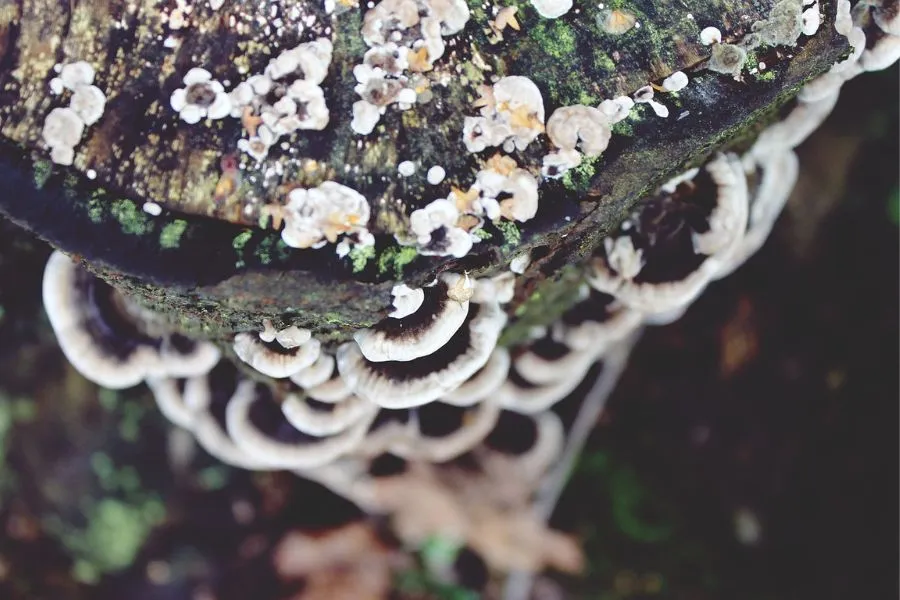
In this post, we look at why your driftwood turns white and what you can do about it. We also discuss other rare, possible causes that may make your driftwood turn white.
READ MORE: Why Is My Driftwood Turning Black?
Why Does Driftwood Turn White?
Your driftwood may turn white because of fungus and bacterial growth, as well as from the presence of snail eggs. White growths may also be algae, barnacles, and resin from driftwood. You may either ignore it or perform steps such as boiling or scrubbing to remove it.
When your driftwood starts to form white patches or spots, first is to understand that it is normal. This is because driftwood is technically a decomposing piece of wood, which may harbor a rich array of bacteria, algae, and fungi.
However, it may be helpful if you spend some time to understand some of the factors here:
Fungus Growth: If your driftwood has fungus growth, the white spots may be small, around the size of a punctuation mark. They also may be irregularly shaped. This fungus is called the cottonwood fungus and is common in driftwood.
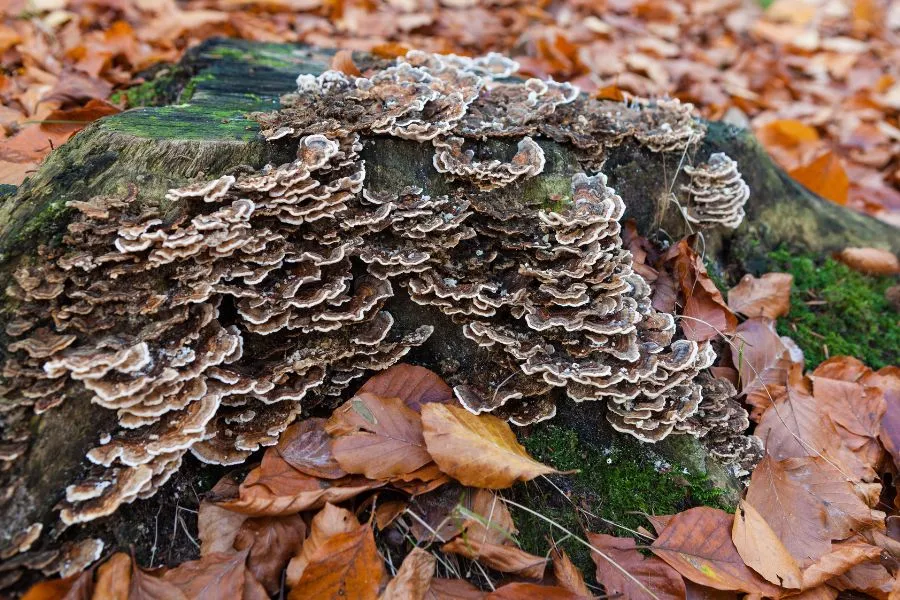
If your driftwood is placed in an aquarium or terrarium, be assured that it will not harm your fish or reptiles. Cottonwood fungus tends to grow when the driftwood is submerged in water for a few months without exposure to light. If your driftwood is placed right on the soil, the nutrients in the soil may cause the cottonwood fungus to grow.
These fungi tend to stay where they are if left in soil and air. However, in an aquarium, you may see white specks in your tank. This is because the spores may drift in the water and attach themselves to fishes and other objects in your tank.
Algae Growth: Algae growth tends to happen if your driftwood is submerged in water or exposed to a humid environment. Algae needs plenty of moisture to grow well. This means you are more likely to see your driftwood growing algae if it is submerged in an aquarium or left in wet, humid soil.
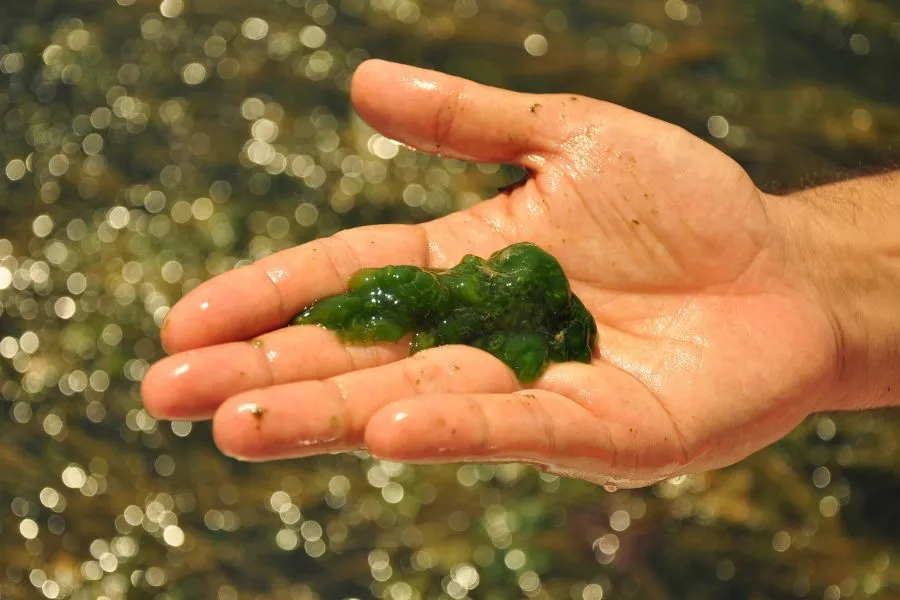
Like fungus, algae growth is usually not harmful to the animals in your aquarium or terrarium. In fact, they may serve as a source of food for some of your fish.
Bacterial Growth: White spots on driftwood could mean it is infected with bacteria. This is because different kinds of bacteria and parasites like to live in driftwood.
A lot of algae and fish waste can be found in driftwood. Because of this, the wood may have white spots on it. Both good and bad bacteria can eat and live in these things.
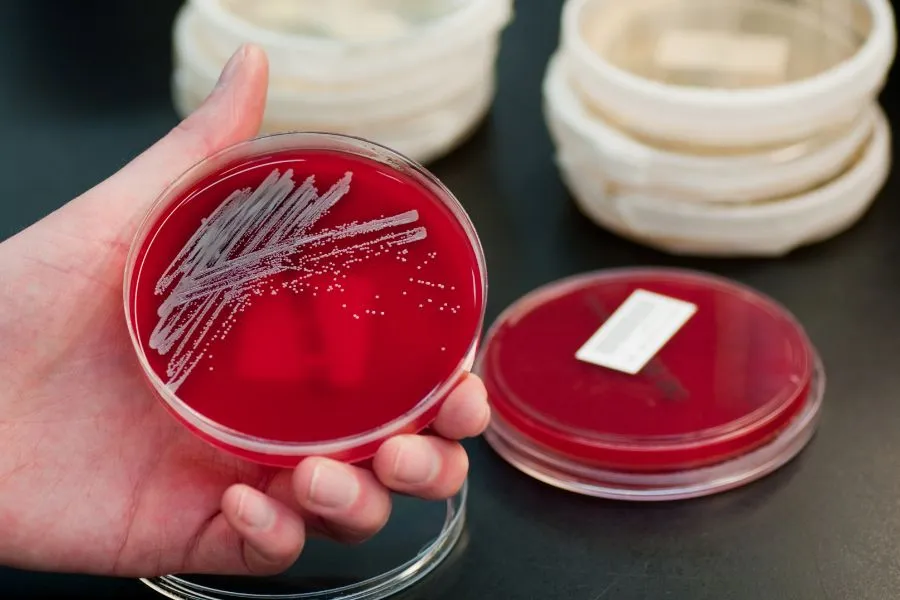
These spots can be caused by bacteria, parasites, and other living things, or they can result from an infection. Sometimes, these bacteria eat parts of the rotting wood, which makes gas and waste.
These gasses and wastes may appear on your driftwood as gas bubbles or bumps that look like white dots. They might look like the bubbles on the ice in your glass of soda.
Barnacles: Barnacles are a type of arthropod related to crabs and lobsters. If your driftwood is submerged in a salt-water aquarium, the white dots on your driftwood may just be barnacles.
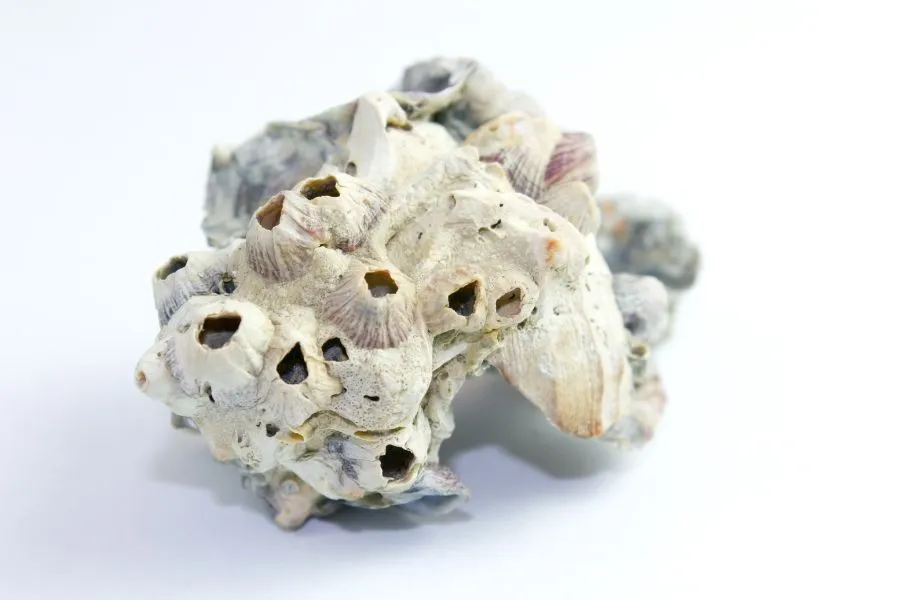
Barnacles are generally safe to fish, as they are filter feeders. This means they may even help you keep your tank water clean. However, you should watch and not let them become overgrown, as they may spread all over your aquarium surface and clog your water systems.
Snail Eggs: Snail eggs could cause white spots on driftwood. First, look at how the white dots are shaped. If they are round, these may be snail eggs. This is because the adults tend to cover their eggs with hard shells made of calcium carbonate.
Some snails, like the mystery snail and the ramshorn snail, lay their eggs on leaves, rocks, and wood. So, if you find a piece of wood with eggs, you may have just found a new home for one of the snails in your aquarium or terrarium.

If you want to grow these eggs into full-grown snails, give them time to grow. Depending on the species, snail eggs can take between two weeks to six months to hatch.
Before deciding to keep snails as pets, it is always a good idea to do some research since taking care of them may require some investment in time, energy, and effort. Not all are willing to do so.
What Can You Do To Stop Your Driftwood From Turning White?
You may decide between letting nature take its course or intervening. Generally, fungus or algae may be eaten up by fishes or shrimp in aquariums. At the same time, they may die off naturally in other settings. You can also take the driftwood out and then boil and scrub it to remove growths. You may need to do this repeatedly.
Depending on where your driftwood is, you may have several options on how to deal with your driftwood turning white.
Let Nature Take It Course: One of the fewer thought options, but a completely usable choice. If your driftwood is in the open or a terrarium, the fungus, algae, or bacterial growth may either fall off or sink into the wood. These white growths may take weeks or months to dissapear, but eventually, they will.
If your driftwood is submerged in an aquarium, you may leave your fish to feast on it, and eventually, they will pick these growths clean. Snail eggs may eventually hatch, leaving the white eggshells to fall off.
However, this choice may require you to exercise some patience, and the appearance of your driftwood may look worse before it becomes better. This may not be a cup of tea for everyone.
Scrub The Driftwood: If you are an action-taker, then you may consider removing the driftwood and giving it a good scrub. This will physically remove all the white stains and spots on your driftwood, revealing its natural color again.
However, as you scrub, you may want to be a little gentle, as driftwood is essentially decomposing wood, meaning it may be structurally fragile. Being too rigorous in brushing may break it.
You may also expect that after brushing, the white spots and growth may come back again. This is because they may simply regrow back.
Boil The Driftwood: This may make you think about boiling the driftwood instead. If you first scrub and then boil the driftwood, you are likely to kill off more of the fungus, bacteria, or other growths on the driftwood.
However, you may also extract some tannins from the driftwood, meaning the wood may look a little paler after. Regrowths may be slower, but they may happen again after scrubbing and boiling your driftwood.
Let ‘Cleaner Animals’ Do Their Job: Another way you can remove the white stuff on your driftwood is to introduce cleaner animals. These animals will eat up the fungus, algae, or any growths, including the snails, freeing you from having to do any scrubbing or boiling.
If your driftwood is in an aquarium, consider introducing shrimps or cleaning fish such as eartheaters or flagfish. If your driftwood is in a terrarium with snails on it, reptiles like lizards may have fun hunting and eating down the snails as they hatch.

